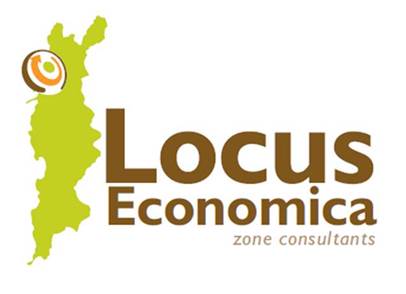Image courtesy of Global Asia via Shift East. For more on Japan's investment interest in Myanmar, see Myanmar: Japan's New Frontier Market.
Last week, the governments of Myanmar, Thailand, and Japan agreed to develop a major special economic zone (SEZ) in the strategic port town of Dawei, Myanmar. The agreement appears to be another major step in Myanmar's efforts over the last few years to liberalize its economy and society and increase investor confidence.
Piloting reforms is one of the most important purposes SEZs serve. Ever since Deng Xaoping used SEZs, such as Shenzhen, to implement economic reforms in China starting in the early 1980s, SEZs have been recognized as dynamic vehicles for positive change. Many economists, such as the World Bank's Douglas Zeng, have provided important analyses of how this occurred in China. Like many other countries since China's SEZs were implemented, Myanmar is similarly utilizing SEZs to reinvigorate its economy after decades of stasis under a military junta. In 2014 it passed a new SEZ Law and unveiled a 75-year plan for the Dawei SEZ.
Locus Economica had the privilege of helping draft the SEZ law as part of the IFC's South Asia Enterprises Development Facility.
Image from Global New Light of Myanmar
The Dawei SEZ will be developed through the Dawei Special Economic Zone Development Co. (DSEZ), a special purpose vehicle (SPV) owned in equal parts by the governments of Myanmar, Thailand, and Japan. Japan has agreed to provide financial and technical assistance to help the Bt55.67 Billion (US$ 1.7 Billion) project commence. DSEZ has been granted a concession by Myanmar to build and operate the zone, which will encompass 196 sq. km along the Myanmar coast.
Construction on Phase 1 is set to begin this year and be completed in 2020. Phase 1 will include:
- A 27 sq. km industrial estate;
- A two-lane, 138-km (86-mile) road from Dawei to Kanchanaburi province, Thailand (119 km northwest of Bangkok), provided through financing from Thailand of 3.9 billion baht ($119.23 million) soft loans;
- A liquified natural gas terminal;
- A telecom landline;
- A power plant;
- A small port; and
- A water reservoir.


